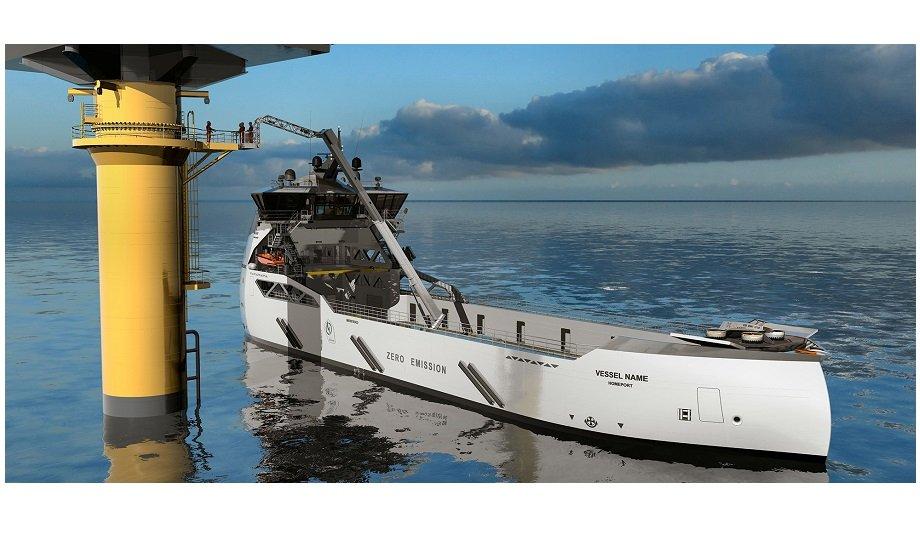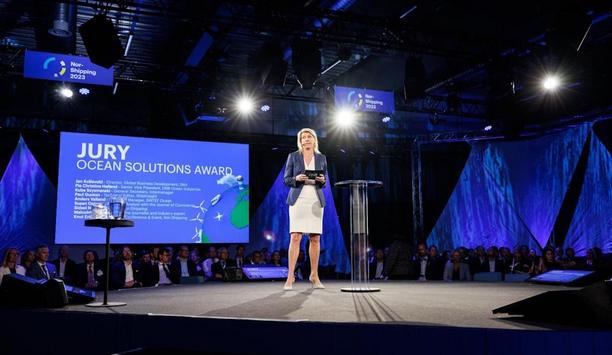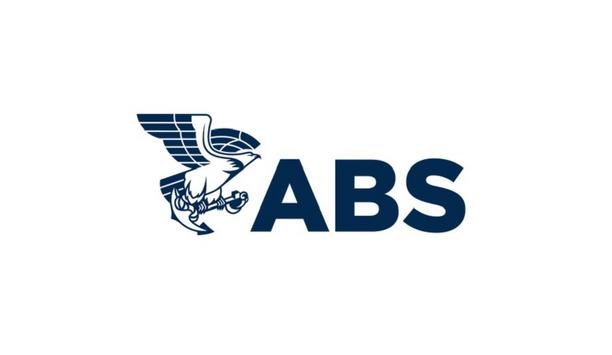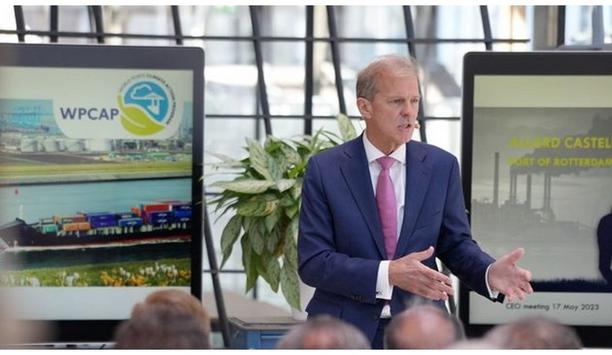The Offshore Energy (Oil & Gas and Wind) markets will coexist in the coming years, and the fleet should reflect this. Ulstein sees an increase in demand for supply vessels ahead, and the future vessels will differ from traditional solutions.
The growth in offshore wind has led to a market change. Environmental regulations are stricter, and technology has evolved. Construction costs and operational costs must be reduced.
Right-sizing enables zero-emission operations
Right-sizing has been the backdrop for developing a more competitive supply vessel for the offshore energy market.
Right-sizing is a holistic approach to assessing main parameters, hull design, deck area, cargo capacity, deadweight, and accommodation.
Hull design and deck area
The 760 m2 medium-sized deck area is ideal for avoiding unnecessary power consumption
The TWIN X-STERN hull line design is the design starting point due to its energy-reducing benefits in DP operations and flexibility in manoeuvring. The 760 m2 medium-sized deck area is ideal for avoiding unnecessary power consumption while not jeopardising supply needs.
Market trends in logistics show that there will be more need for deck load and less liquid cargo.
Accommodation, remote support, and daytime operations
This vessel accommodates only seven people in total to reduce crew costs and vessel size. The philosophy is to use more onshore remote support systems, and some areas are also close to shore enabling daytime operations.
Reducing the number of people on board a vessel reduces energy consumption, minimising hotel load and overall vessel size.
Enabling battery operations
Right-sizing considerations enable the vessel to operate on battery power for 3+3 hours of transit
Right-sizing considerations, in combination with the latest development in battery systems and offshore charging solutions, enable the vessel to operate on battery power for 3+3 hours of transit, 3 hours of DP, and 3 hours of standby.
Including offshore charging solutions, the operational range can increase. The vessel includes range extenders with flexible fuel technology to expand range if necessary and is also a redundancy power system.
Future operations
The concept design can include a VTOL (vertical take-off and landing) heavy-lift cargo drone for safe lifting operations as well as an option to mobilise an offshore gangway or personnel transport system.










